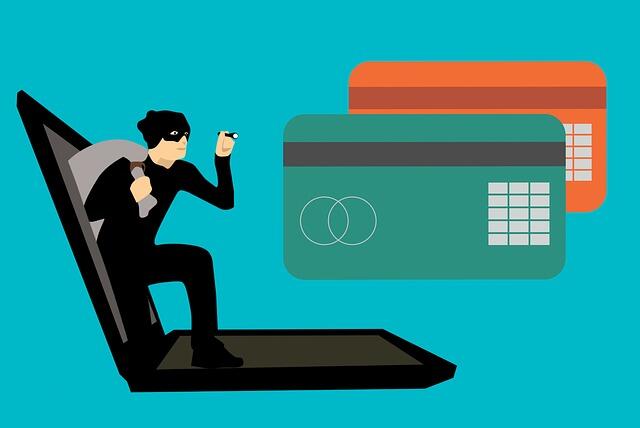In our digital age, more financial activity occurs online, making us vulnerable to cybersecurity threats. This can lead to severe financial loss and personal strife. One of the most pervasive threats is identity theft.
Not only can such fraud drain your accounts and rack up bills in your name, but it can also damage your credit score and have long-term repercussions. It’s essential to be proactive and vigilant.
This comprehensive guide will teach you about the common types of credit card fraud. Read on to learn more.
The Most Common Types of Credit Card Fraud
Credit card fraud happens when someone uses your credit card information. This is to make unauthorized transactions. Here are the common types of credit fraud:
Skimming
Skimming involves thieves installing a small electronic device. This device then scans and stores all your card information. Allowing the thief to create a duplicate of your credit card.
Phishing
Phishing is an online scam where fraudsters use email or social media to pose as trustworthy organizations to obtain your personal and financial information. They may request your credit card number under pretenses, such as promising a refund or threatening to discontinue a service.
Card Not Present (CNP) Fraud
With the rise of online shopping, CNP fraud has become prevalent. Criminals obtain card data without needing a physical card. These fraud schemes often result from data breaches, email phishing, or malware on the victim’s computer.
Account Takeover
In an account takeover, a fraudster gains access to your existing credit or bank account and makes unauthorized changes, such as updating the email or mailing address. This is to receive statements or change the password.
Lost or Stolen Cards
This is the traditional method of credit card theft, where someone steals your credit card and uses it to make unauthorized purchases. Finding unauthorized transactions is often the first sign of identity theft.
Proactive Measures to Prevent Credit Card Fraud and Identity Theft
Awareness of potential threats is crucial, but preventing fraud and theft is as important. You can take several precautions to protect your identity and financial information.
Always Keep Your Personal Information Secure
Protect your personal information like it is gold. That means keeping your social security number, date of birth, and other personal information under lock and key. Be cognizant of what you share online as well.
Know Who You’re Dealing With
Contact organizations through official channels-phone numbers from the company’s website, for example- rather than clicking email links. Remember, banks and other legitimate organizations will not ask for your full Social Security number or credit card details via email or phone unless you initiate the call.
Seek Legal Help
If you become a victim of identity theft and are facing complex legal issues, seeking the assistance of an identity theft lawyer can be invaluable. An identity theft lawyer can help dispute fraudulent charges, remove unwarranted criminal or financial allegations, and ensure creditors and credit bureaus act within the law.
Exploring the Types of Credit Card Fraud
Credit card fraud and identity theft are serious threats in today’s digital world, but you don’t have to be a passive victim. Understanding the risks and taking the necessary preventative measures is essential.
Stay informed, be proactive, and protect your financial future by safeguarding your personal information. Be smart, be cautious, and take control of your financial security.
For more helpful tips, check out the rest of our site today!










